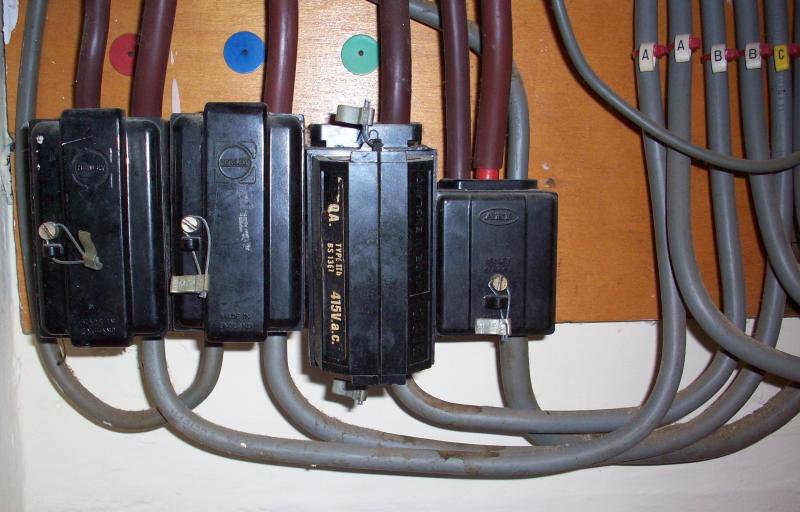DP fusing has it's pros and cons, the obvious pro is it can limit the current flow though a neutral to earth fault. It can also provide protection if live and neutral have been swapped somewhere in the system.
The con of course is if the neutral fuse does blow it can leave the load in an "off but live" state.
The con of course is if the neutral fuse does blow it can leave the load in an "off but live" state.



